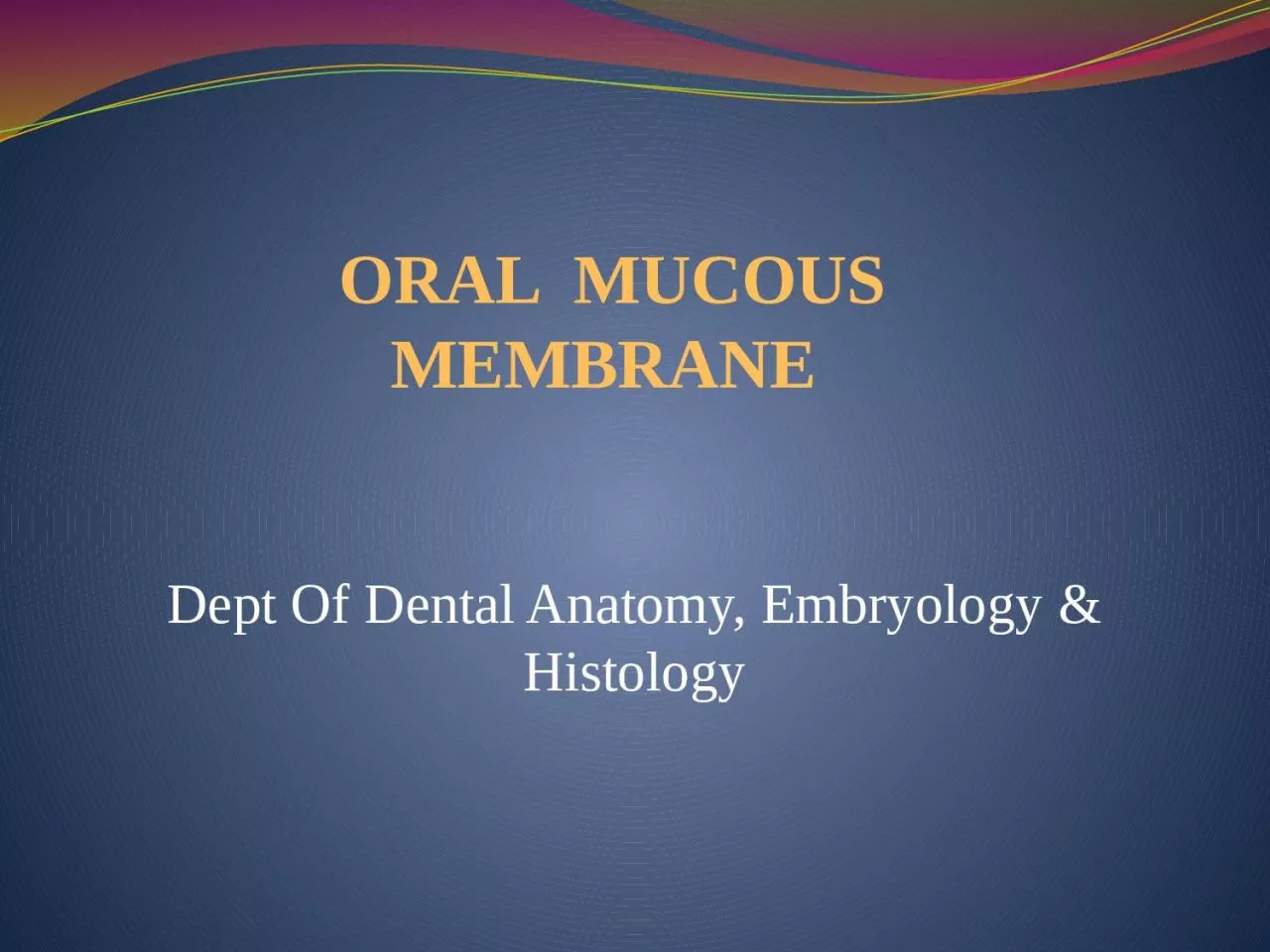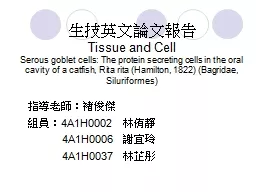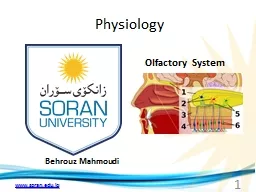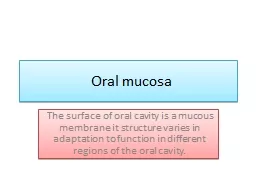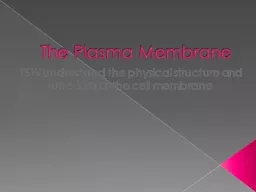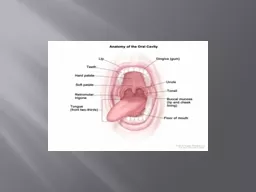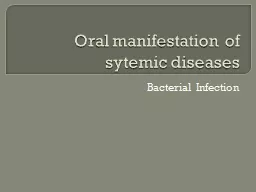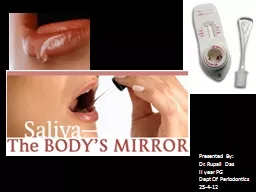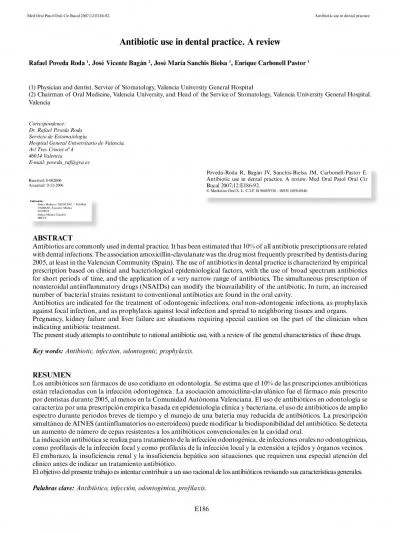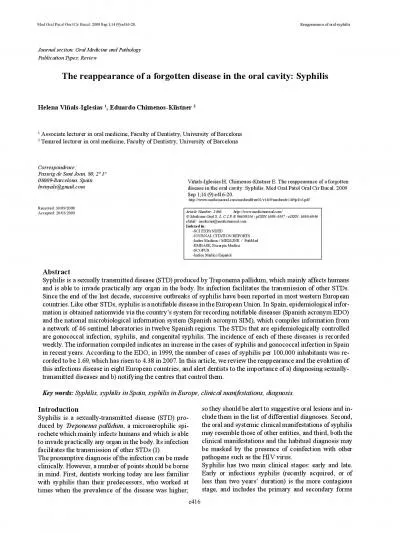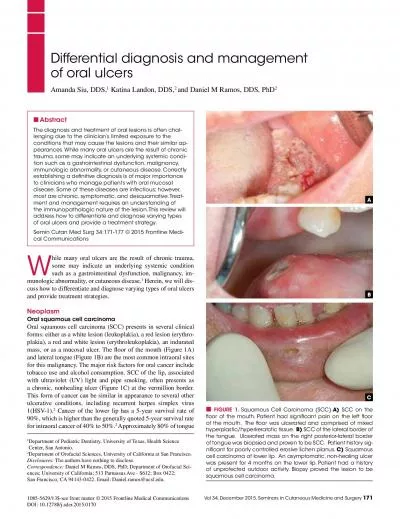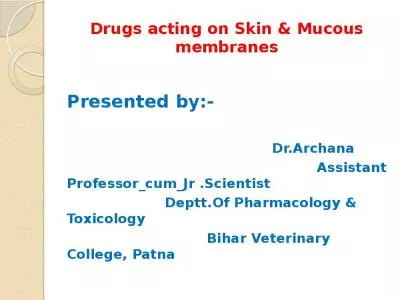PPT-ORAL MUCOUS MEMBRANE
Author : fauna | Published Date : 2024-03-15
Dept Of Dental Anatomy Embryology amp Histology DEFINITION Term mucous membrane is used to describe the moist lining of the gastrointestinal tract nasal passage
Presentation Embed Code
Download Presentation
Download Presentation The PPT/PDF document "ORAL MUCOUS MEMBRANE" is the property of its rightful owner. Permission is granted to download and print the materials on this website for personal, non-commercial use only, and to display it on your personal computer provided you do not modify the materials and that you retain all copyright notices contained in the materials. By downloading content from our website, you accept the terms of this agreement.
ORAL MUCOUS MEMBRANE: Transcript
Download Rules Of Document
"ORAL MUCOUS MEMBRANE"The content belongs to its owner. You may download and print it for personal use, without modification, and keep all copyright notices. By downloading, you agree to these terms.
Related Documents

